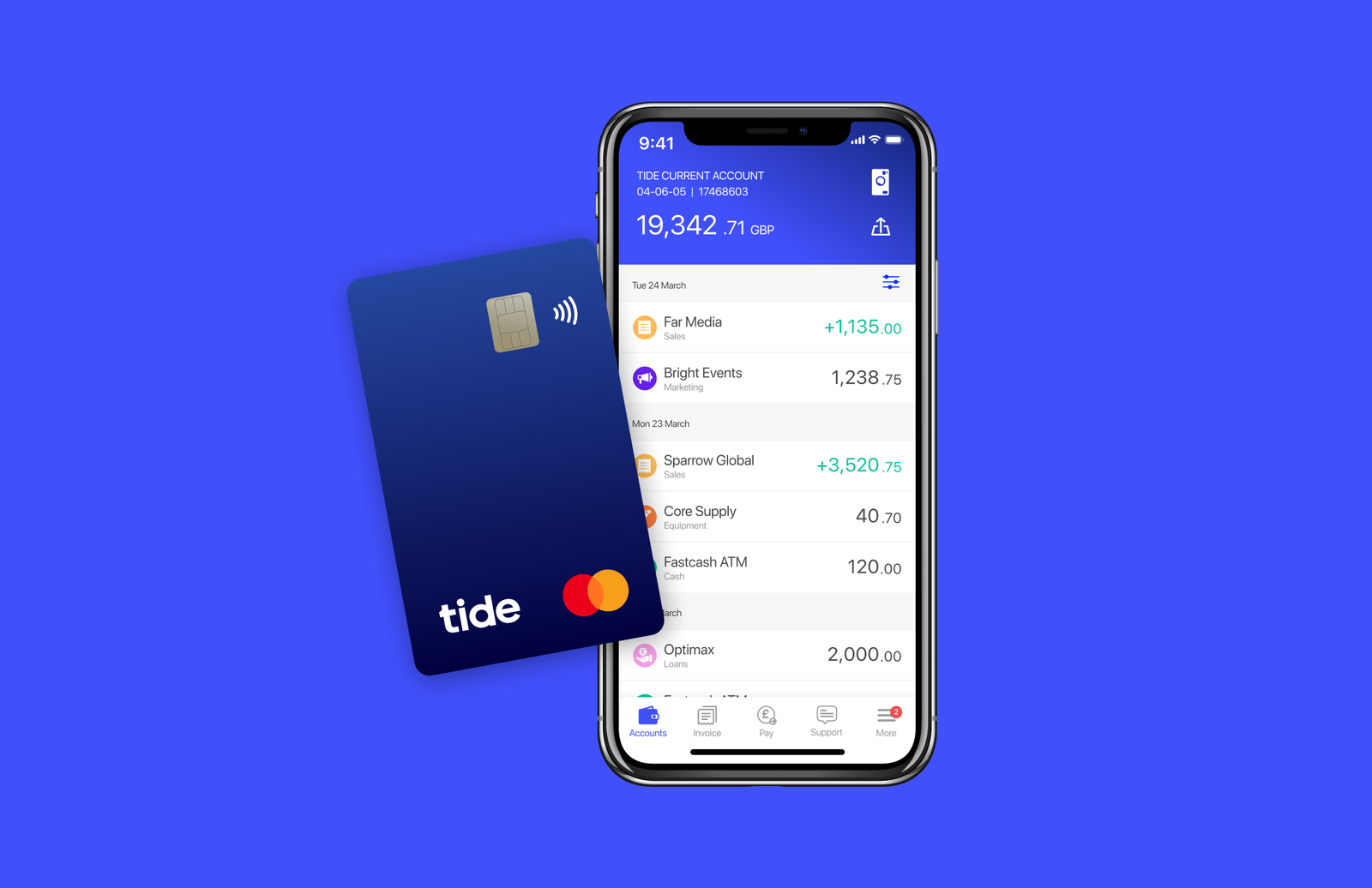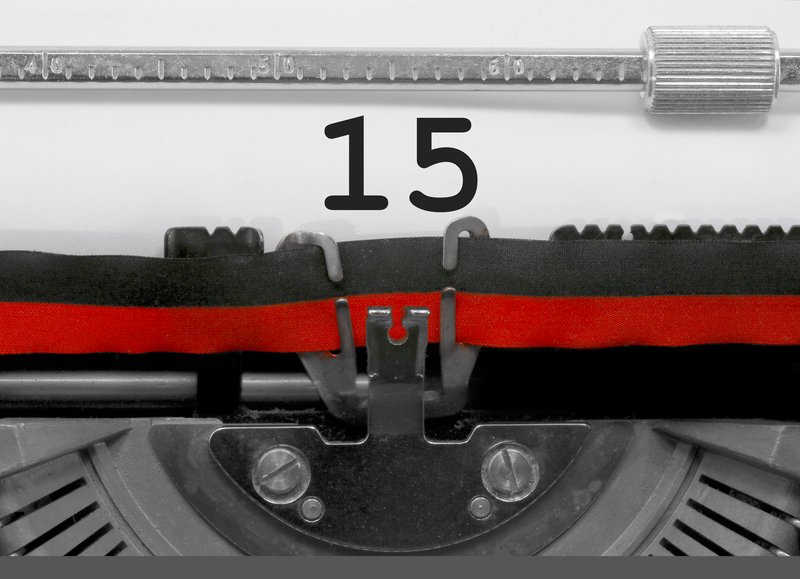When trying to determine the health of your business, one of the most powerful financial tools is your profit and loss account (P&L).
This is a simple set of figures that will give you a summary of what your business has spent and sold, normally over a 12-month period.
Crucially, a P&L statement will tell you how much profit or loss your business has made, so it’s helpful to have a good grasp of it.
Here’s an overview of Profit & Loss Accounts for a small business owner.
Limited Companies must produce P&L accounts every year
If you run a limited company, you must produce a profit and loss account every financial year to submit to HMRC. They will use it to assess your business for corporation tax.
If you are self employed or in a partnership, you probably won’t have to produce a formal P&L.
But it’s an excellent exercise to go through anyway, as it shows you what’s happening in your business. Plus, the information you prepare will help you fill out your self-assessment tax return.
A P&L will also be necessary if you want to apply for a mortgage, take out a loan, or get other financing for your business.
A good P&L starts with accurate financial records
A good profit and loss sheet starts with keeping accurate financial records. This is required by law, and it means getting receipts for everything you buy and keeping a copy of every sale or invoice you issue.
You should also keep records of any other income you get, how you spend petty cash, and personal payments made for goods (for example if you run a shop, you need to record when you take goods and how you pay for them).
If you run a limited company you will also need to keep a record of any money you take out of the company for personal use, or any personal loans you make to the business.
Revenue categories
You categorise revenue in one of two ways, and expenditure in one of three ways to create your P&L:
Business income – sales
You need to keep a record of all sales within the business with documents to back that information up. If you run a shop, your till roll will be the documentation. Or if you issue invoices, they will count.
Free Tide Business Bank Account - £50 Cashback!

Open a free business current account to qualify + enjoy 12 months free transactions. Read our Tide review.
You also need to keep paying-in slips and all your bank statements. Together, these prove how much money is coming into your business.
Business income – other
On top of sales, you might get income from other sources. For example your business might earn interest on bank accounts, or you may rent part of your premises out to other businesses. This is where you record personal money you put into your limited company.
Expenditure categories
Business expenditure is broken down into 3 main types;
Cost of sales
This is the first way of recording money out of your business. It relates to the basic cost of creating your product. For example, if you get an order for 10 widgets and so have to buy 10 tubs of goo, those tubs are counted as cost of sale. You wouldn’t buy them until you needed product.
Other cost-of-sale items include labour to produce it, machine hire, and some other production costs. However, the cost of sales does not normally apply if you only deliver a service.
Business expenses
These are all the ongoing expenses you must incur to run your business, such as premises, employees, and general administration. Your accountant will advise which expenses should be recorded here.
Sometimes expenses are not allowed for tax purposes and have to be added back before your taxable profit is calculated – again your accountant will advise how this affects you.
Cost of equipment
Finally, you record the costs of any equipment you have bought or leased for long-term use. These items are known as fixed assets or capital items, and might include computers, vans, furniture and machinery.
Rather than record the financial hit of a piece of equipment in one year, you can spread it over a number of years. For example, if you buy a computer for £300, you might decide to account a cost of £100 for three years. This is known as depreciation. Bigger businesses need to keep a fixed asset register.
Now you have categorised all your sales and costs, you can work out your profit & loss.
The sales and other income are added together to create a figure known as your turnover. If you then deduct the cost of sale, this is your gross profit. Finally, deduct business expenses and the cost of equipment to get your net profit. This is the figure that will be subject to corporation tax.










